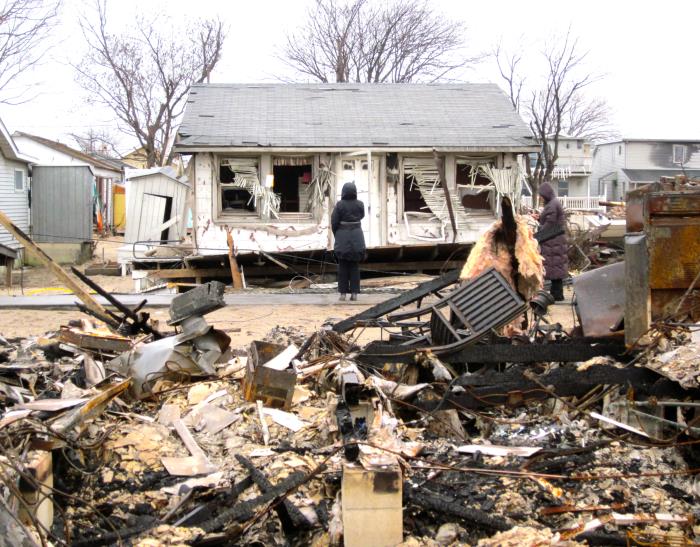 |
| Photo credit: Toby Amodeo |
However, I haven’t paid close attention to the preparedness needs of my local Washington, D.C., community. So I decided to get more involved by participating in a free Community Emergency Response Team training.
Participating in this 20-hour course was a great way for me to learn basic disaster response skills and relief. The course consisted of eight units, addressing topics such as fire safety, terrorism, preparedness and psychology.
We watched informative videos, interacted with first responders, reviewed case studies and participated in demonstrations. All of our activities were done in small teams, which highlighted the importance of working together during a disaster.
The training was truly a hands-on learning experience. I rolled up my sleeves and really got into it. We learned how to make a splint to support an injured limb, which is a critical skill during an emergency, especially if supplies are limited.
We were also taught how to extinguish a fire. We learned the acronym PASS, which stands for “Pull, Aim, Squeeze and Spray.” By remembering these steps I’ll always know the proper way to use a fire extinguisher.
After taking this course I feel better positioned to help my community respond effectively to an emergency. CERT trainings are offered in communities around the U.S. Once you’ve completed a training, you can even join a local CERT program to assist first responders in relief efforts.
Check out a training near you so you can help your community be more prepared, too!






